
Legendary designer Tapio Wirkkala—Discover major turning points and fascinating phases of his career
Tapio Wirkkala left an indelible mark on global design and excelled at everything he pursued. His work encompassed art objects, industrial design, graphic design, exhibition, architectural design, sculpture, and even environmental art.

1915: an artistic family
Tapio Wirkkala is born on June 2, 1915. His family holds a deep love and understanding of art. Tapio’s father, Ilmari Wirkkala, is a cemetery architect with ties to arts and crafts circles, and his mother, Selma Wirkkala, enjoys wood carving and textile work. Tapio’s younger siblings Helena Korvenkontio and Tauno Wirkkala, will also become artists.
The family moves to Helsinki in the 1920s as their firstborn approaches school age. In elementary school, his drawing talent is recognized.
1936: a decorative carver
Enthused by carving, drawing, and exploring nature, 17-year-old Tapio Wirkkala applies—and is accepted—to the decorative carving department at the Central School of Art and Design. He studies there from 1933 to 1936 with Ilmari Tapiovaara, Armi Ratia and Birger Kaipiainen. The school provides extensive artistic training, and after qualifying as a decorative carver, Wirkkala starts his career as an illustrator at an advertising agency.
1940: from postage stamps to banknotes
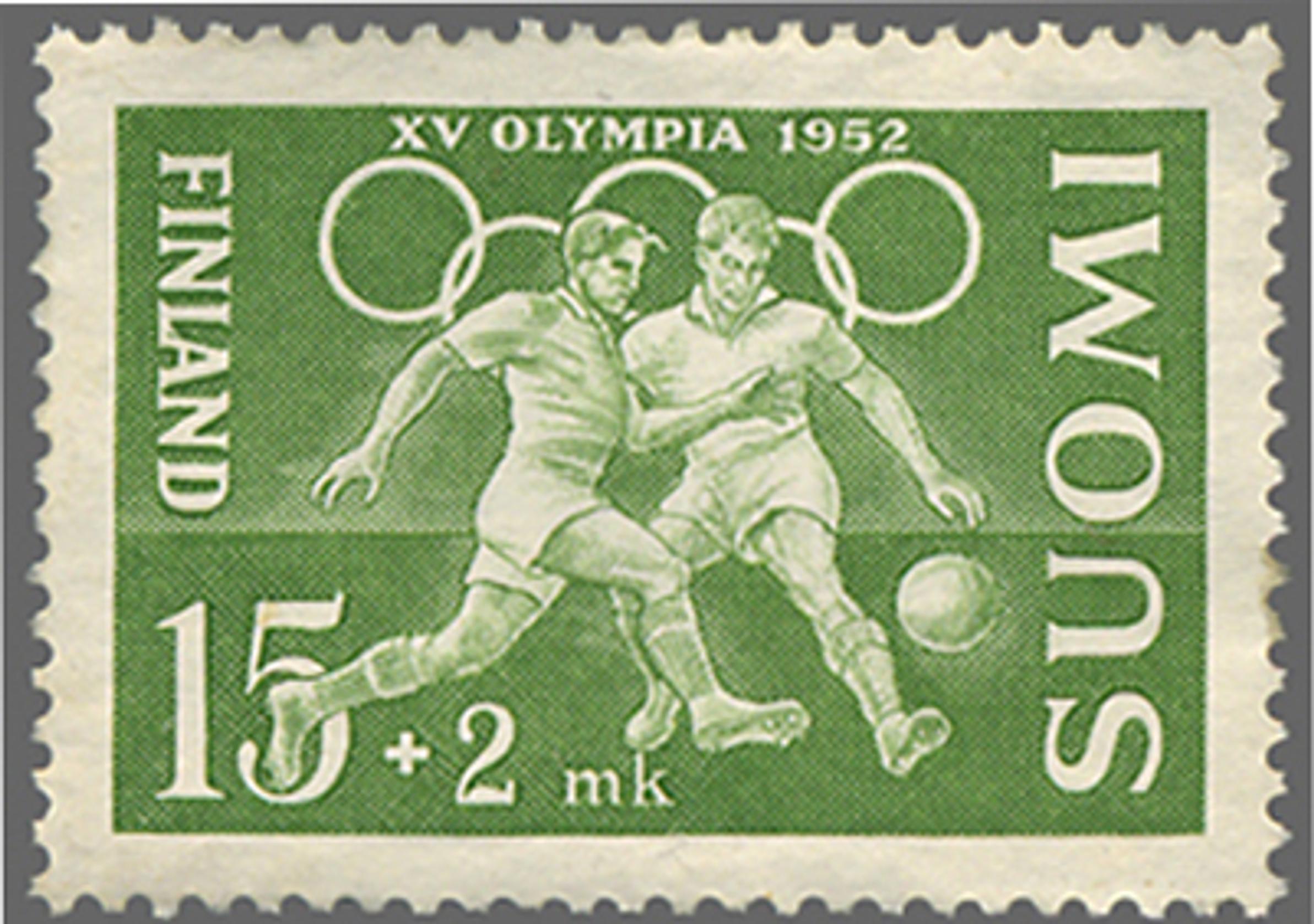
The young Wirkkala wins a design competition for the 1940 Olympic postage stamp. Because of the war, these Games are never held, but when the Olympics finally arrive in Finland in 1952, Tapio Wirkkala does indeed design the postage stamp. His work as a graphic designer continues alongside his other projects.
In the 1950s, Wirkkala creates a poster for the Arabia factory by drawing directly onto a lithography stone. Later on, he designs numerous packages and labels for everything from Koskenkorva to Kolme leijonaa (Three Lions) whisky. In 1947, he wins the Bank of Finland’s competition for new banknotes. The notes, featuring ears of grain and spruce motifs, pass through the hands of many generations after being introduced in 1955.
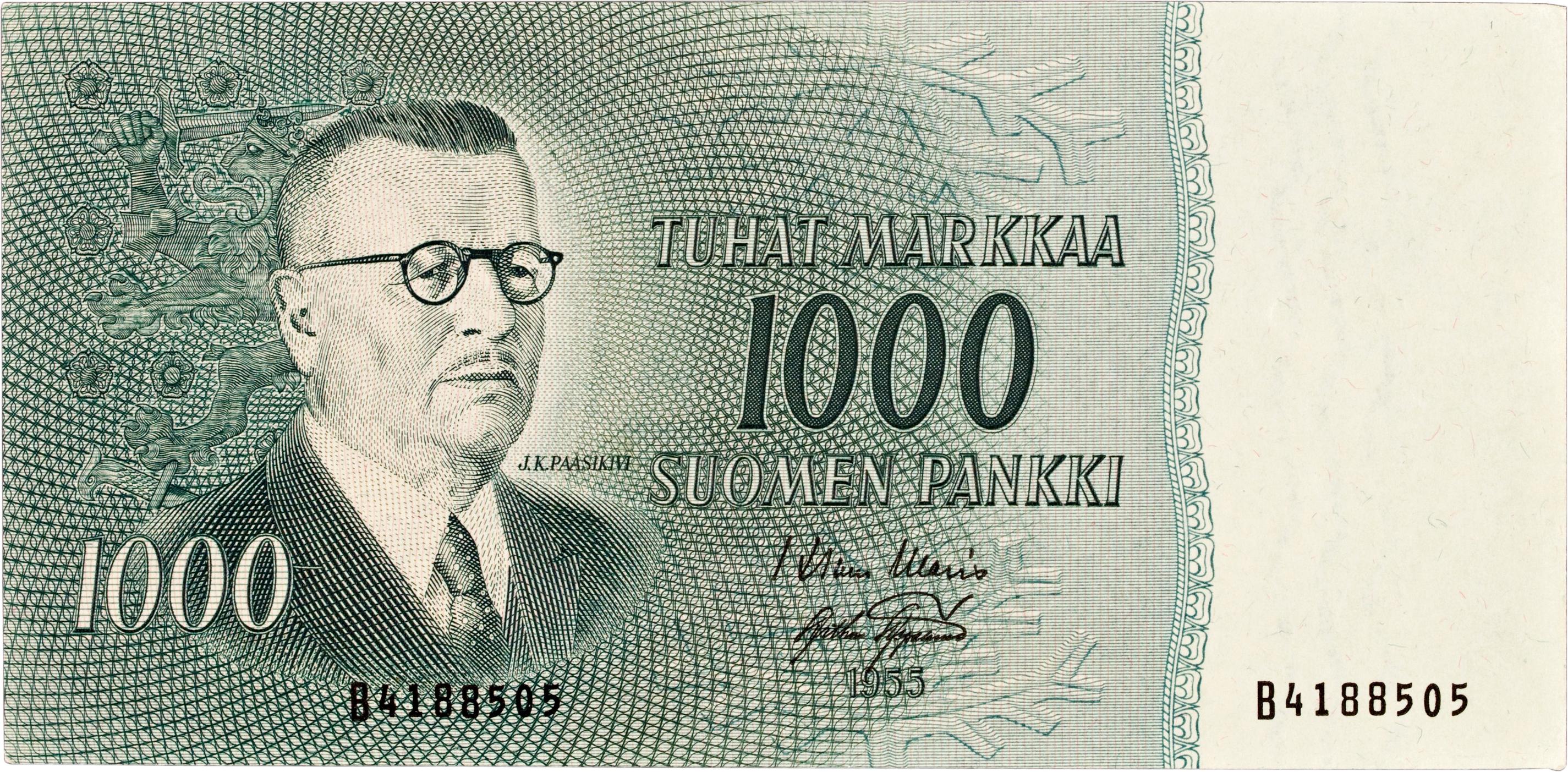
1945: an artistic marriage
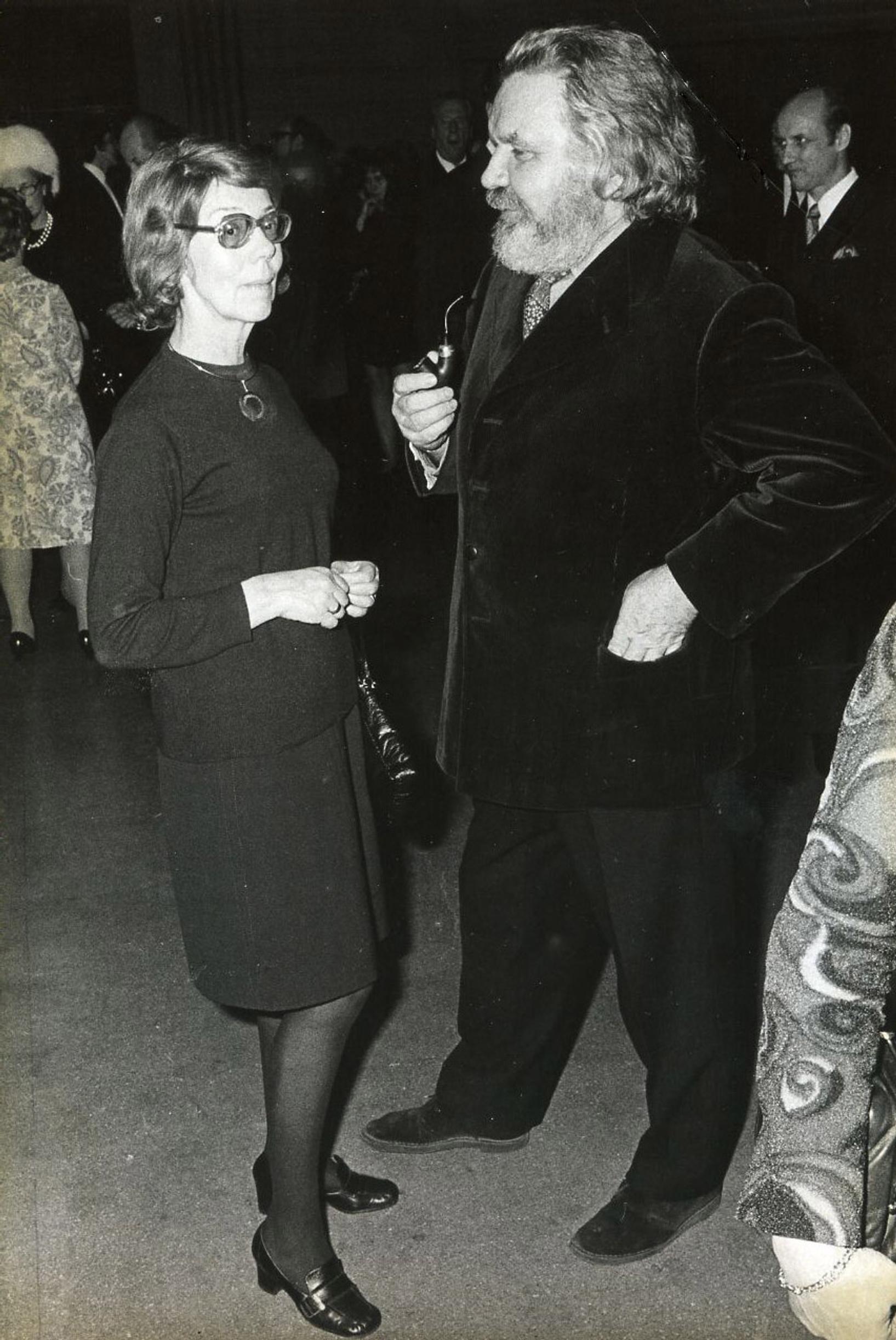
Wirkkala receives awards for the handicraft work he made at the war front. After the war, social life slowly resumes. Members of Ornamo, the Finnish association of industrial designers, meet at the Taidehalli Club, where in 1944 Birger Kaipiainen introduces Tapio Wirkkala to his colleague, ceramic artist Rut Bryk. On a trip which Kaipiainen also joined, Tapio and Rut get engaged.
In 1945, Tapio Wirkkala and Rut Bryk marry. Their children, Sami (b. 1948) and Maaria (b. 1954), later follow their parents’ footsteps at the University of Art and Design. Sami becomes an interior architect, while Maaria becomes a visual artist.
1946: Kantarelli
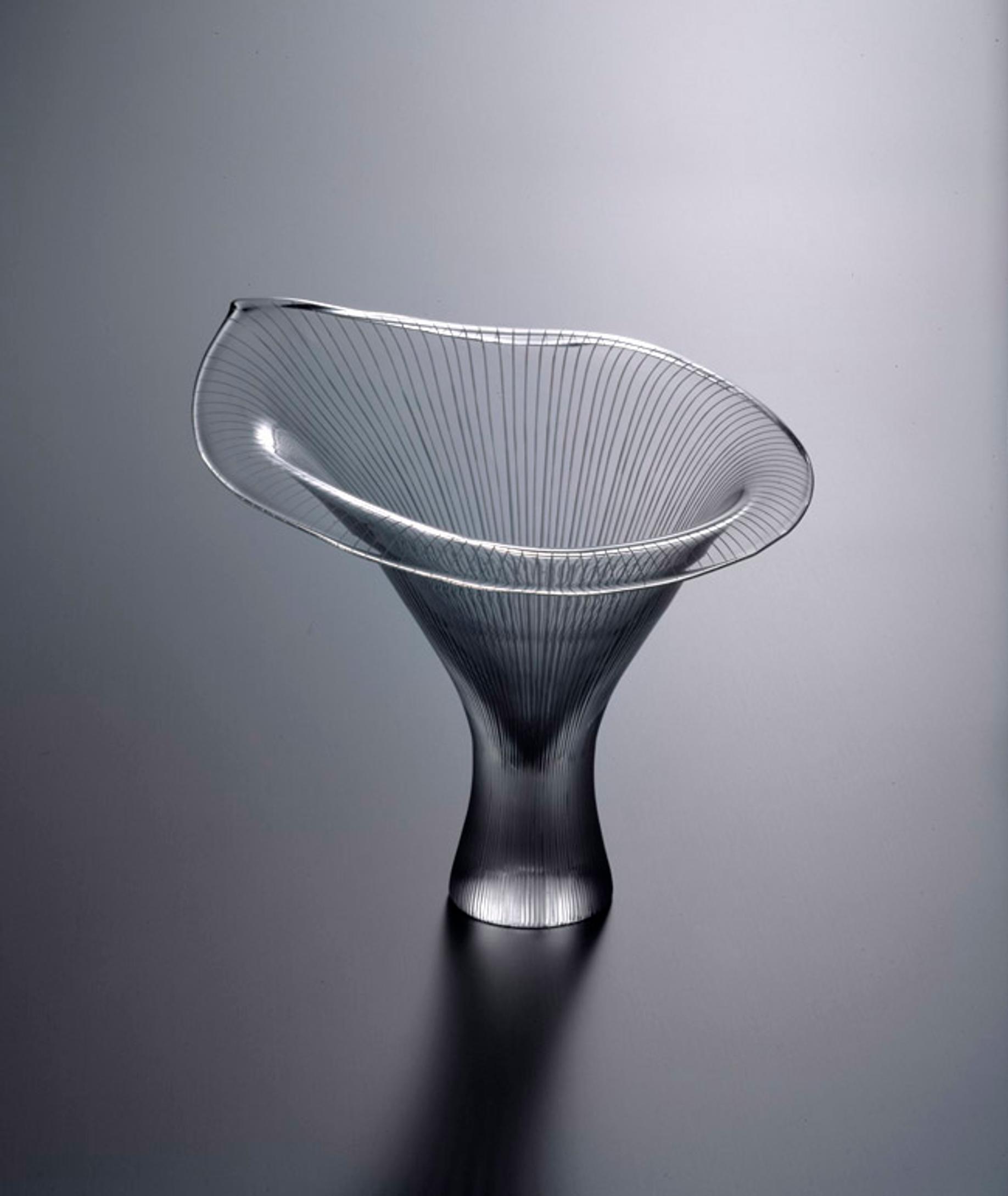
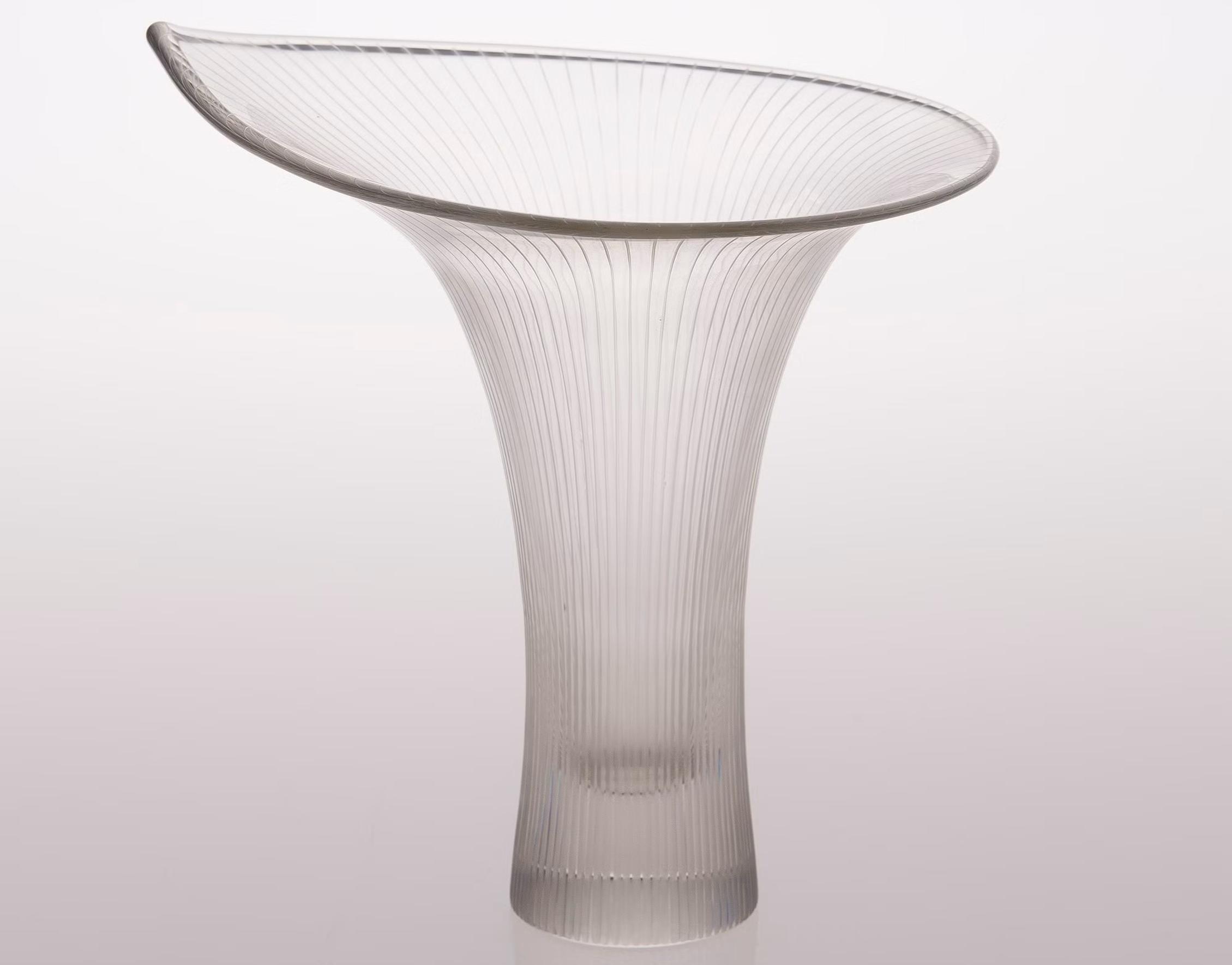
In 1946, Iittala’s glass factory holds a design competition, where Tapio Wirkkala and Kaj Franck share first place. From there, both begin successful careers in glass art. Franck focuses on functional glass, while Wirkkala’s path heads toward a more artistic style. “Path” is indeed the right word, as Wirkkala often finds inspiration in nature.
His first classic, the numbered Kantarelli vase, is produced in only 75 copies between 1946 and 1950. Celebrated with a Grand Prix at the Milan Triennial, this piece rarely appears at auctions anymore, and prices reflect its rarity. A slightly more streamlined and simplified version of the original remains in production today.
1951: the golden age of Finnish design

The early 1950s mark Wirkkala’s era in many ways. He serves as director of the School of Art and Design from 1951 to 1954, where his ideals of self-directed Finnish design greatly influence students’ perspectives.
Under Wirkkala’s guidance, Finnish design makes its international breakthrough at the Milan Triennials. For designing the pavilion and for his own glass and wood pieces, he receives three Grand Prix honors twice in a row, in 1951 and 1954. The respected American magazine, House Beautiful, names the carved plywood Leaf dish the world’s most beautiful object in 1951. The Lunning Prize that same year tops off Wirkkala’s success.
1954: from Iittala to Rosenthal
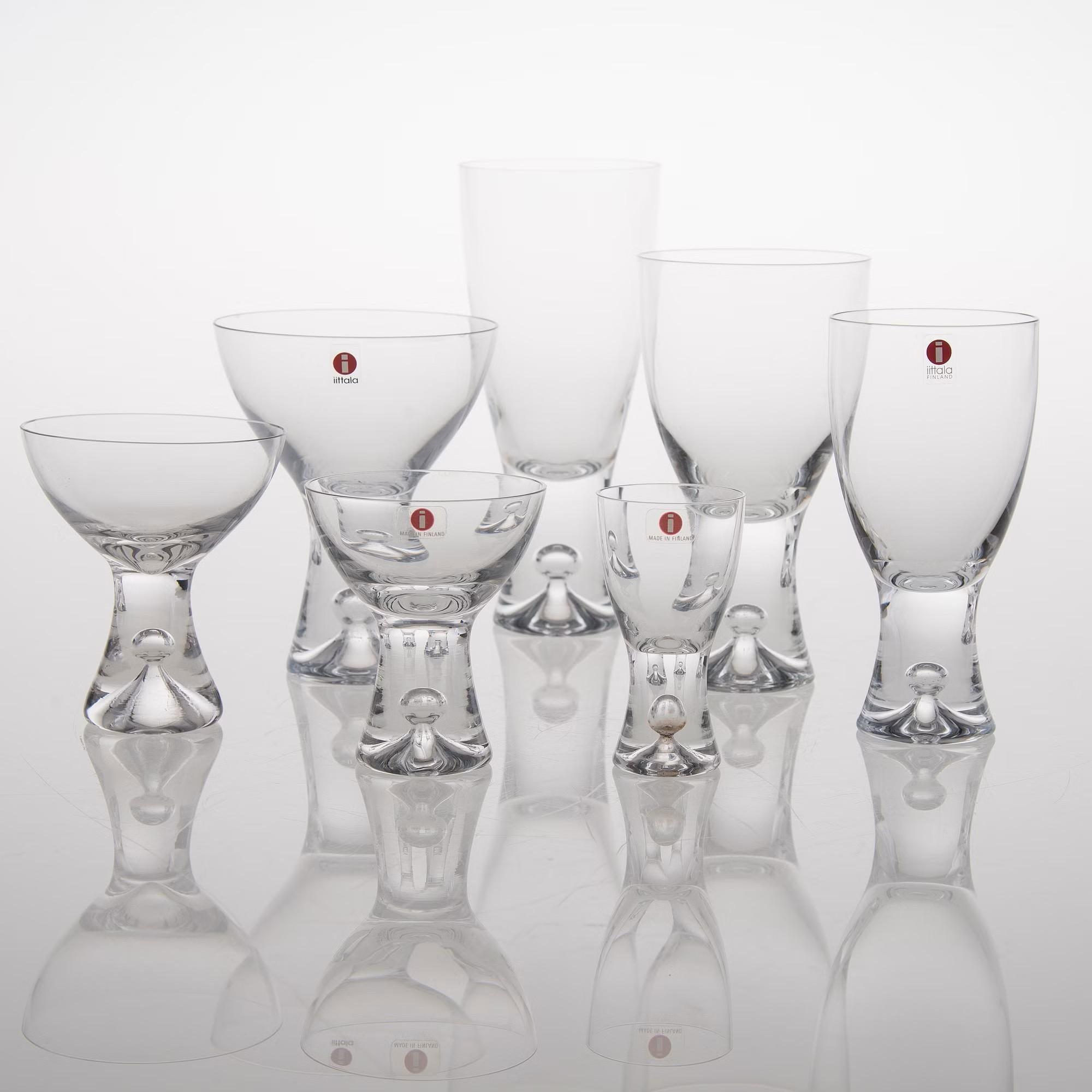
In 1954, Wirkkala is appointed artistic director at the Karhula-Iittala glassworks. That same year, another classic piece debuts at the Milan Triennial: the Tapio glassware set. It continues to be produced in the 21st century, as do many of Wirkkala’s designs.
In the mid-1950s, he works intermittently in New York at Raymond Loewy’s office, known for designing the Coca-Cola bottle and Greyhound buses. Through Loewy, he meets German entrepreneur Philip Rosenthal, who invites him to design for the Rosenthal factory. He goes on to create porcelain tableware and stainless steel cutlery. One of Rosenthal’s best-known pieces is the 1977 Paper Bag series: porcelain vases shaped like paper bags. Wirkkala also designs Rosenthal’s centennial anniversary dinnerware, launched in 1979 under the name Century.
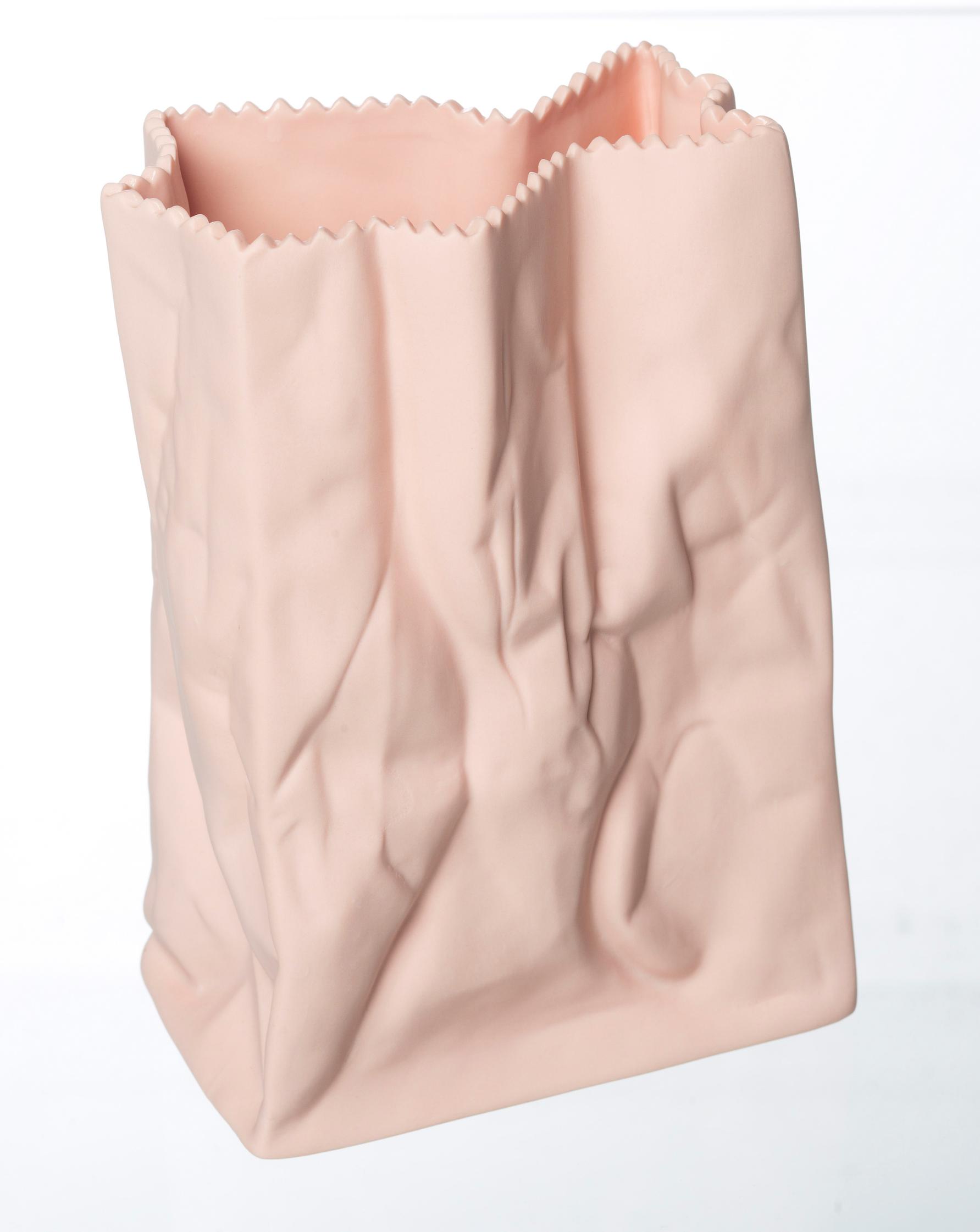
1956: A-studio
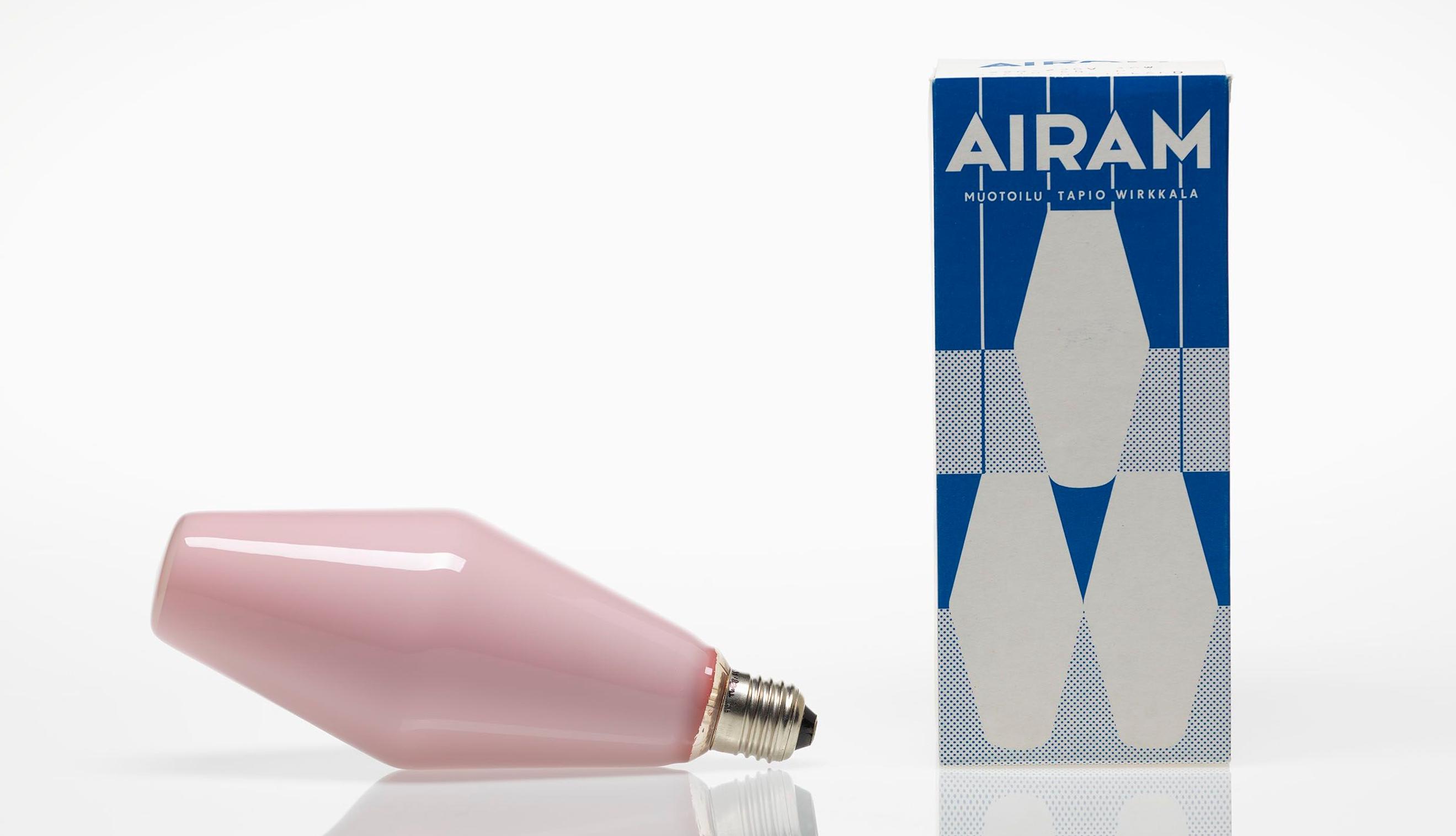
Wirkkala’s multidisciplinary skills truly shine in 1956, when he becomes artistic director of A. Ahlström Corporation’s design office, A-studio. The office develops products not only for Iittala’s glass factory but also for the Eura paper mill, Karhula’s glass packaging plant, and Strömfors, which makes plastic products and electrical supplies. He also begins collaborating with furniture (Asko), appliance (Upo), and light manufacturers (Airam).
Among other Strömfors projects, Wirkkala devises the streamlined melamine dishes used on Finnair’s Caravelle jetliners in 1959. Some of his most celebrated plastic designs include food manufacturer Jalostaja’s bright red ketchup bottle and Strömfors’s white lamp, which Artek reintroduced in the 2000s.

1958: exhibition architect
For the 1958 World’s Fair in Brussels, Wirkkala designs Finland’s pavilion once again, winning first prize for his vision of future living. By then, he is already an acclaimed exhibition architect, a Milan Triennial veteran, and the creator of traveling displays for the Finnish Society of Crafts and Design. His career in exhibition architecture continues into the late 1970s, culminating in the centenary touring exhibition of the Friends of Finnish Handicraft.
1960: the lure of Lapland

The Wirkkala family finds their spiritual haven in Northern Lapland, where they purchase a summer place in 1959. It becomes a secluded spot where Tapio Wirkkala seeks tranquility and draws inspiration from unspoiled nature.
The glass sculpture Paadarin jää wins a Grand Prix in Milan in 1960. Its rugged, icy forms are influenced by northern nature, as are many of Wirkkala’s other pieces, including the hugely popular Ultima Thule glassware introduced in 1968. The series’ organic surface emerges as molten glass takes shape in a carved wooden mold. Wirkkala’s hand is evident, as he carves each mold himself.
1966: Design Tapio Wirkkala
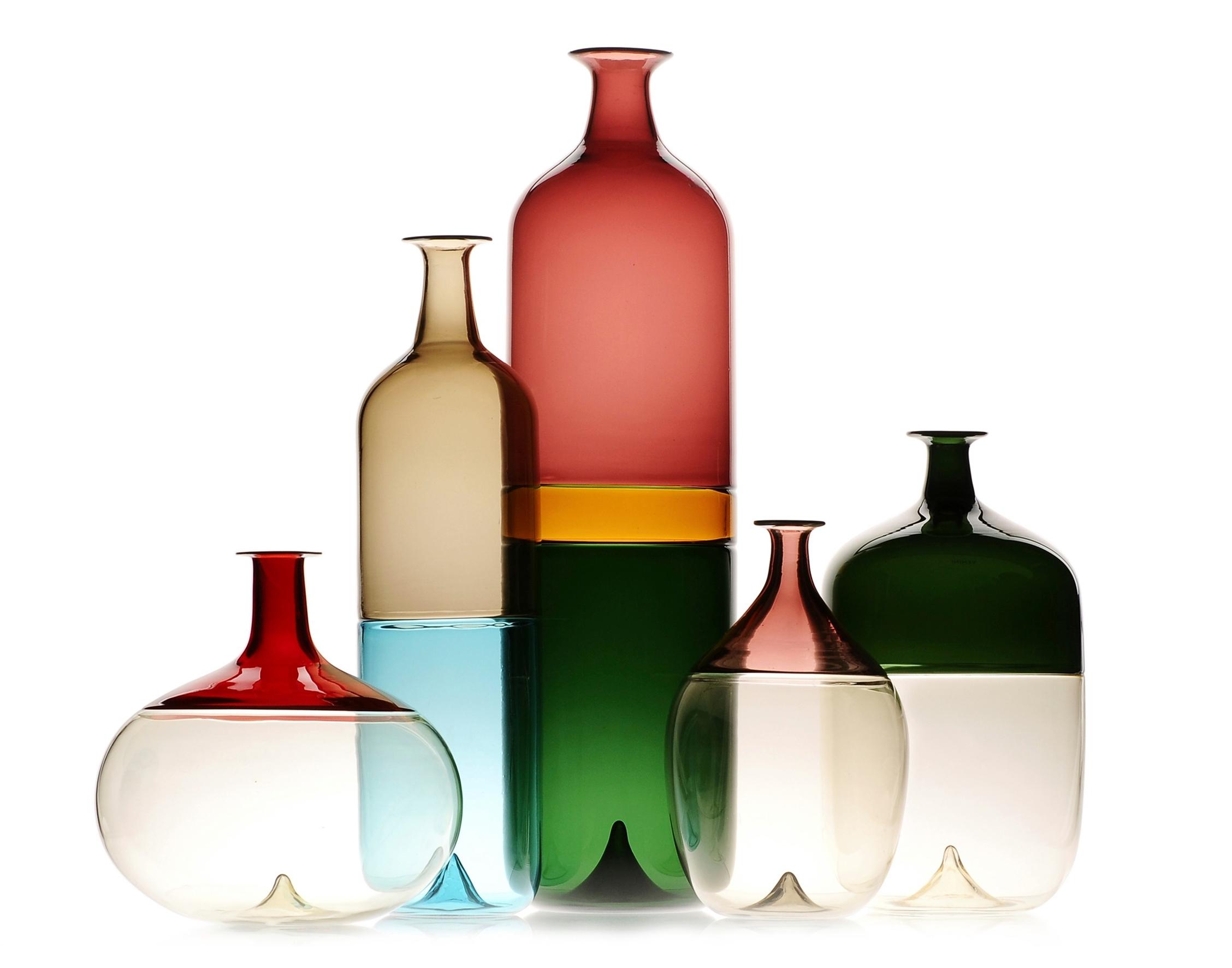
The time is right for Wirkkala to establish his own office: Design Tapio Wirkkala opens in 1966. Almost immediately, the Venetian glassmaker Venini becomes a client, and his first colorful glass creations are showcased in Italy. Compared with the Finnish tradition, Venetian glass allows freer forms and richer hues. His bright Coreano bowls and vases, along with the Bolle bottles, capture the playful energy of the 1960s.
1967: sculptor

Tapio Wirkkala’s first love, decorative carving, evolves into an ever more refined form of sculpture. His intricately finished plywood creations earn him global recognition as a sculptor. Lehti, Silta, Karhunloukku, Etana, Pyörre and others exemplify his sculptural sense of form.
Most of these pieces are made by master carpenter Martti Lindqvist following the artist’s sketches and scale models. Perhaps the most famous is the 4 × 9 meter Ultima Thule created for the 1967 World Expo in Montreal. Wirkkala sees sculpture and design as two facets of the same idea. “If the effort behind creating an object is visible, then it has failed. The work shouldn’t show in the final piece.”
1961: the knife
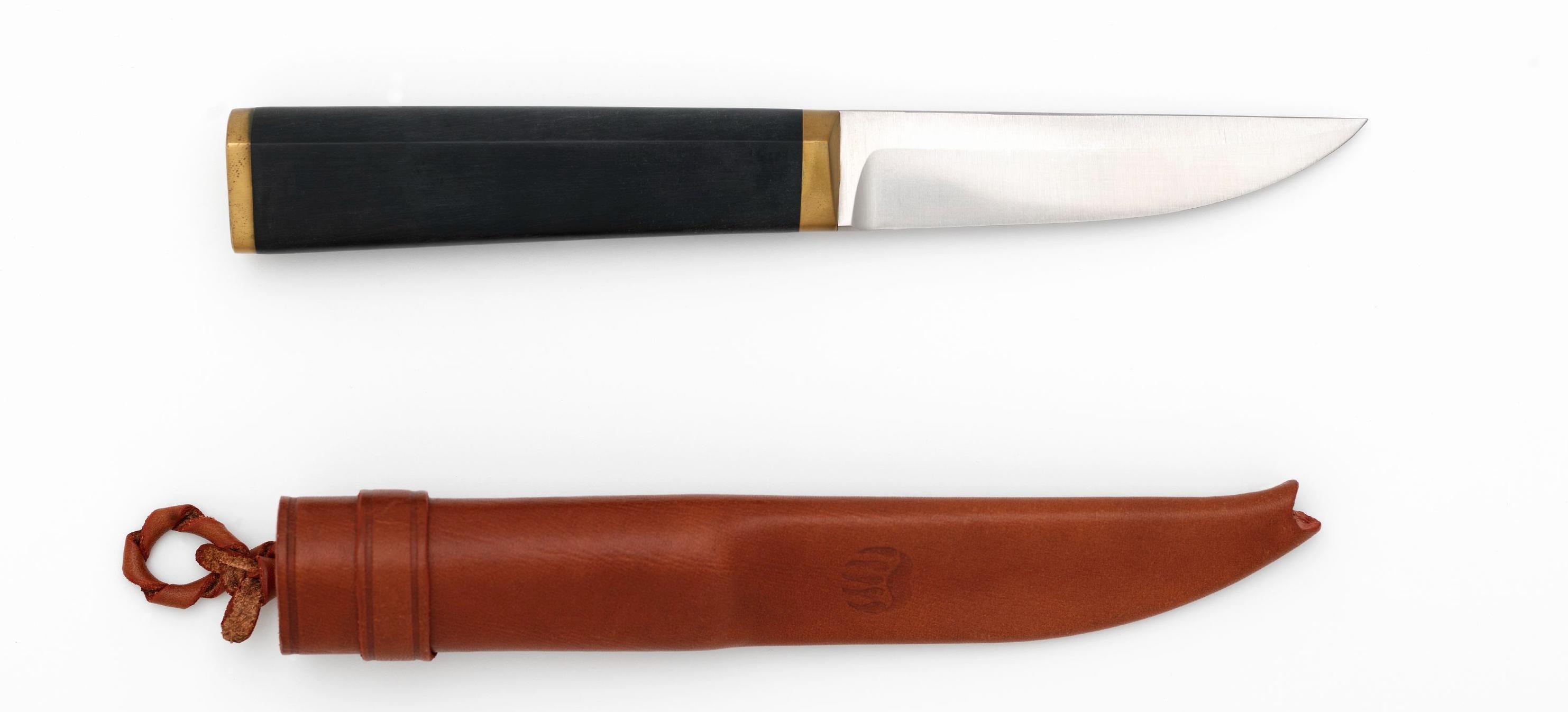
Unlike the decorative puukko knives of Kauhava or Härmä, the traditional Lapland leuku is more a tool than a showpiece. Understandably, this northern knife style inspires Wirkkala to design his famous nylon-handled knife, produced for years by Hackman in two sizes. For design students who idolize Wirkkala, it becomes a cult item that embodies the “sacred” mantra of industrial design: function is beauty. This 1961 classic is still a sought-after collectible today.
1970: jewelry and silver
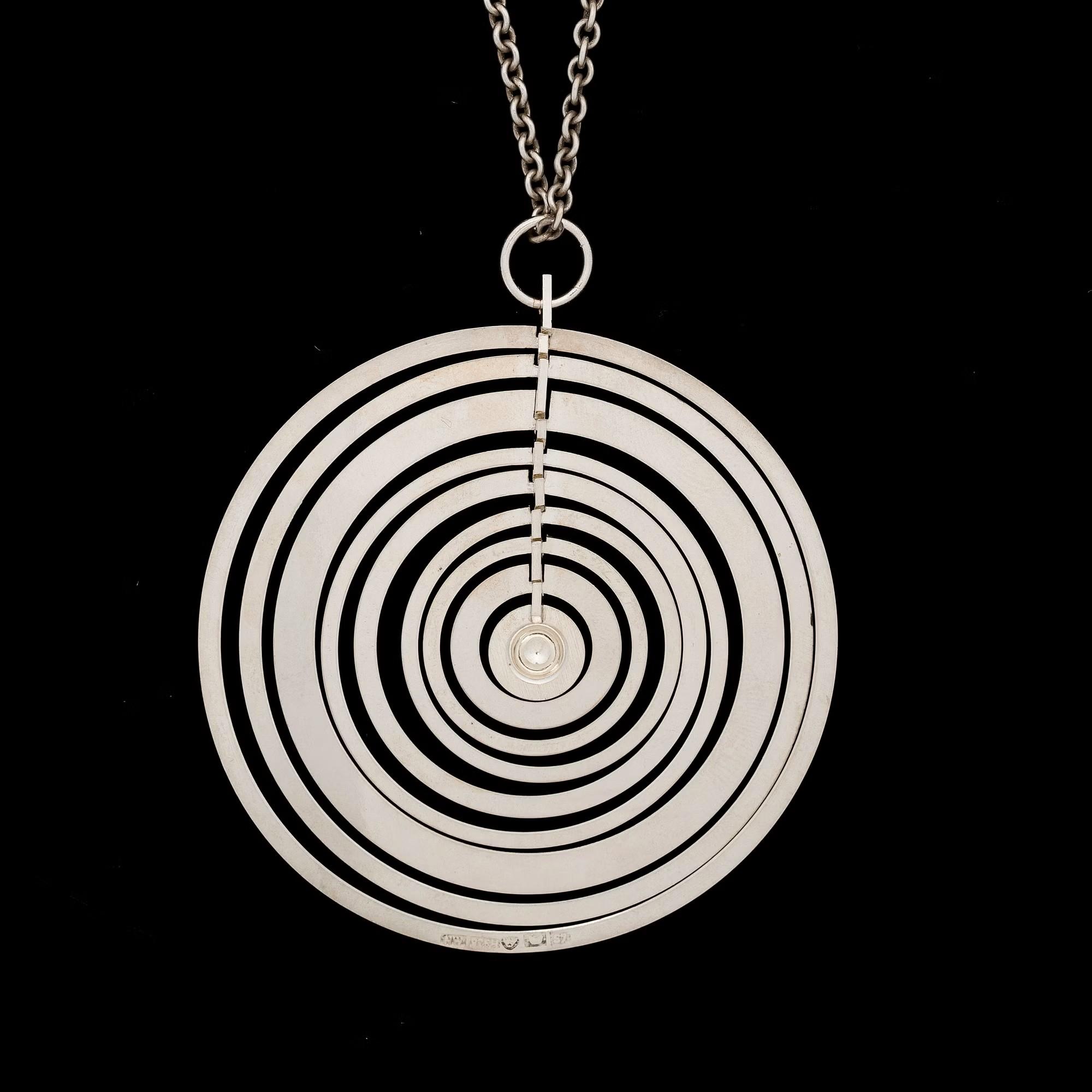
Wirkkala begins designing jewelry in the late 1960s, initially for his wife, Rut Bryk. Produced by The Gold Center, these pieces become popular gifts, their names evoking Lapland’s mystique: Tähtitaivas (Starry Sky), Hopeakuu (Silver Moon), and Täysikuu (Full Moon).
He also creates sleek platters, pitchers, boxes, and candlesticks in silver. In 1971, he receives an honorary doctorate from the Royal College of Art in London alongside film director Jean Renoir and artist Giacomo Manzù. The following year, he earns the title of academician.
1978: environmental art

In 1978, Wirkkala draws up plans for a large-scale environmental artwork, intended to celebrate the 80th birthday of another Lapland devotee, President Urho Kekkonen. In its simple elegance, the concept calls for a path outlined by natural stones, running east–west across the fell’s 830-meter summit. After some disputes, the scheme is set aside.
1981: cultural advocate
When the Finnish Glass Museum opens in an old glass-blowing facility in 1981, its inaugural exhibition is a grand Tapio Wirkkala retrospective that later travels abroad. The entire museum concept and its permanent exhibition are by Wirkkala.
As early as the 1970s, he proposes launching a “national museum for the Sámi” to preserve and promote Sámi culture. Fourteen years after Wirkkala’s death, the Sámi Museum and Northern Lapland Nature Center Siida finally open in Inari. Supported by EU funding, the building is designed by his friend, architect Juhani Pallasmaa, and his son, interior architect Sami Wirkkala.
1985: the legacy
Tapio Wirkkala dies on May 19, 1985, and is buried on the Artists’ Hill in Helsinki’s Hietaniemi Cemetery. Wirkkala's work, however, remains very much alive. If anyone was an international designer, it was Tapio Wirkkala, and at the same time he was profoundly Finnish.
2025: 110 years since his birth

Tapio Wirkkala’s first major retrospective in Japan opens at Tokyo Station Gallery in April 2025. The exhibition is organized in collaboration with EMMA – Espoo Museum of Modern Art, the Tapio Wirkkala Rut Bryk Foundation, and Japanese exhibition producer Blue Sheep.
The exhibition features 300 works, including his groundbreaking Ultima Thule glass collection first created for Iittala in the 1960s. Iittala supports the show with a large-scale installation of nearly 400 Ultima Thule glasses. To mark this milestone, Iittala also launched a special-edition Ultima Thule schnapps glass made with Finnish sand.
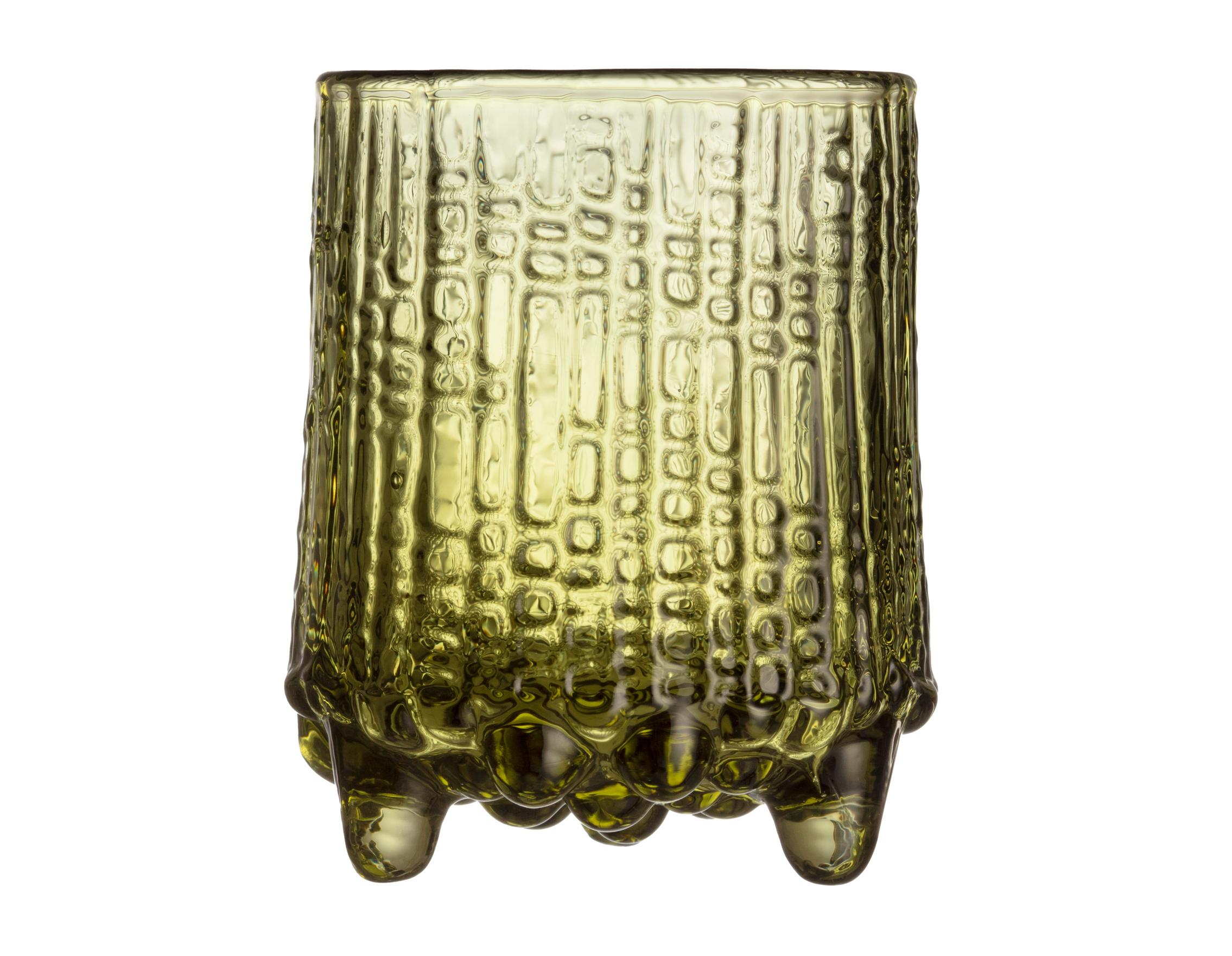
Additional images: Tapio Wirkkala Rut Bryk Foundation, Jean Barbier / Design Museum, and Jaakko Oskentola / Bank of Finland


